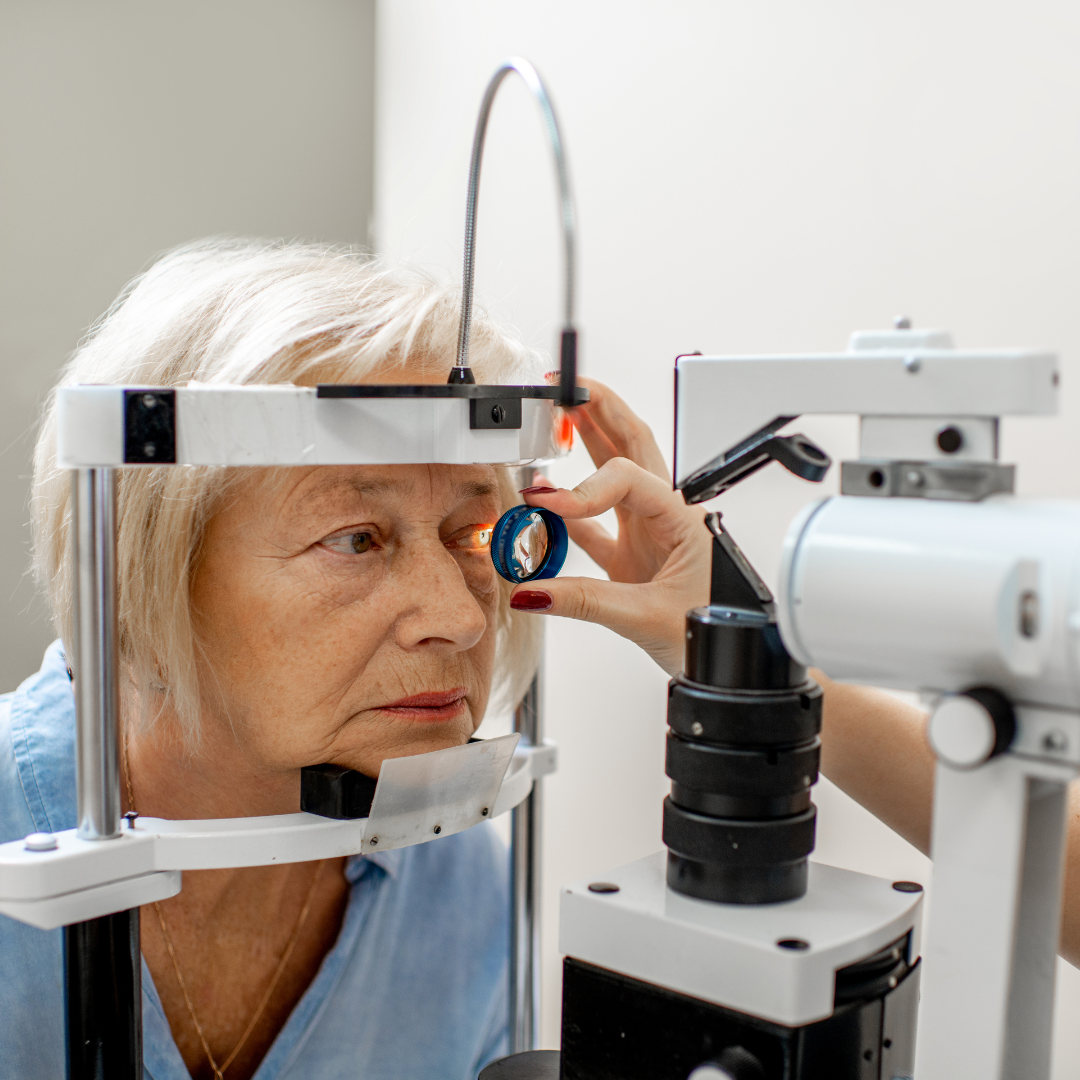
A bed-bound patient is someone who has become very weak and is no longer able to move easily, instead, they are confined to their bed. By becoming bedridden, it doesn’t only take a toll on the patient’s life, but also those who take care of him or her. As a caregiver, it is essential to learn how to properly take care of a bed-bound patient, both physically and emotionally.
Maintaining Hygiene
It is essential to provide the basic needs for hygiene and grooming to someone who is bedridden. Please take in mind such ideas while doing so:
Bathing – Sometimes, the patient is unable to assist themselves in the bathtub. In this case, it is important to at least make sure that the hands, face and genital area are washed every day, even with a washcloth.
Dental care – Just like bathing, it’s important to keep up with clean oral hygiene. If a patient is unable to, assisted by cleaning the teeth at least once a day and checking dentures regularly and cleaning them by removing them from the mouth and storing in a liquid.
Clothing – A patient should wear clean clothes on a daily basis. It is important to ensure that dirt, germs, and bacteria do not have time to cause harm. If a patient has a weak side, put that weak or painful arm into the shirt first following the strong arm. When taking off, take out the strong arm first.
Fingernails and toenails – Long nails can also easily become infected, so keep them trimmed properly.
Haircuts and shaving – Make sure hair is trimmed, groomed and clean as this is an excellent was in preventing bedbugs, or other parasites.
Preventing Bedsores
Bed sores are a common issue among those who continuously lie in bed for several hours or for days on end. They are a result of interrupted blood supply within vulnerable parts of the body and are very painful.
To prevent this, encourage your patient to the following or assist them in doing so:
- Use side rails to change position frequently, at least every two hours. Be available to assist them if necessary for even small shifts in body weight are helpful.
- Reposition immobile clients often (at least every two hours)
- When you are helping a patient to change position, move him or her carefully so you do not create friction and sharing between the skin and the bedding or clothes.
- The head of the bed should be raised as little as possible, no more than 30 degrees, to prevent sliding and pressure on the bony areas.
- Massage the skin when possible, but avoid massaging pressure points or irritated areas.
For patients with pressure sores:
- Keep weight and pressure off any reddened areas and wounds.
Creating a Comfortable Environment
Just like physical hygiene, the environment plays a significant role in the patient’s outlook and health.
- Change the linens. To change the linens seems a simple thing but it’s very essential. Since they spend more time in bed than most people, linens should be changed every 2-3 days.
- Ensure there is a lot of light in the room, sunlight is a natural disinfectant!
- Make sure the patient has a clean room and free of clutter.
- Open up windows to air the room out from time to time. Getting rid of stale air will make the patient feel better with fresh air.
- Speak with them, and show them you care. Being bedridden is a very challenging trait and your patient needs to feel the care.
Having Patience
Caring for a bedridden patient may be challenging but it is essential to have patience and show understanding.
Expect daily tasks to require more energy so do not get frustrated as this could even wind up hurting the patient.
The patient is going through difficult times and being bedridden is an even greater burden. That is why showing empathy is so important. With open communication, the relationship between a caregiver and patient will be much smoother and better in the long run.













